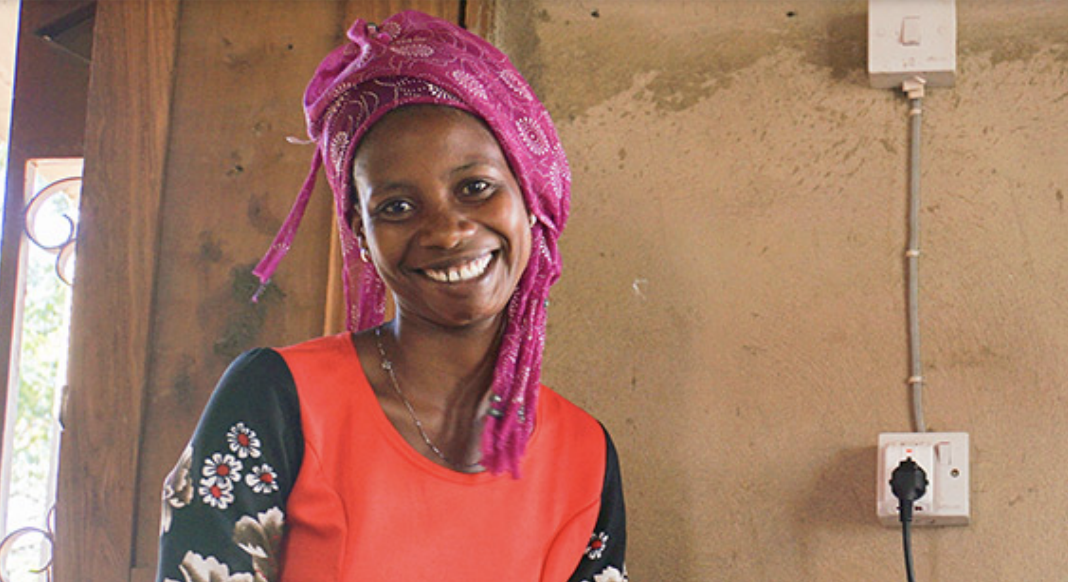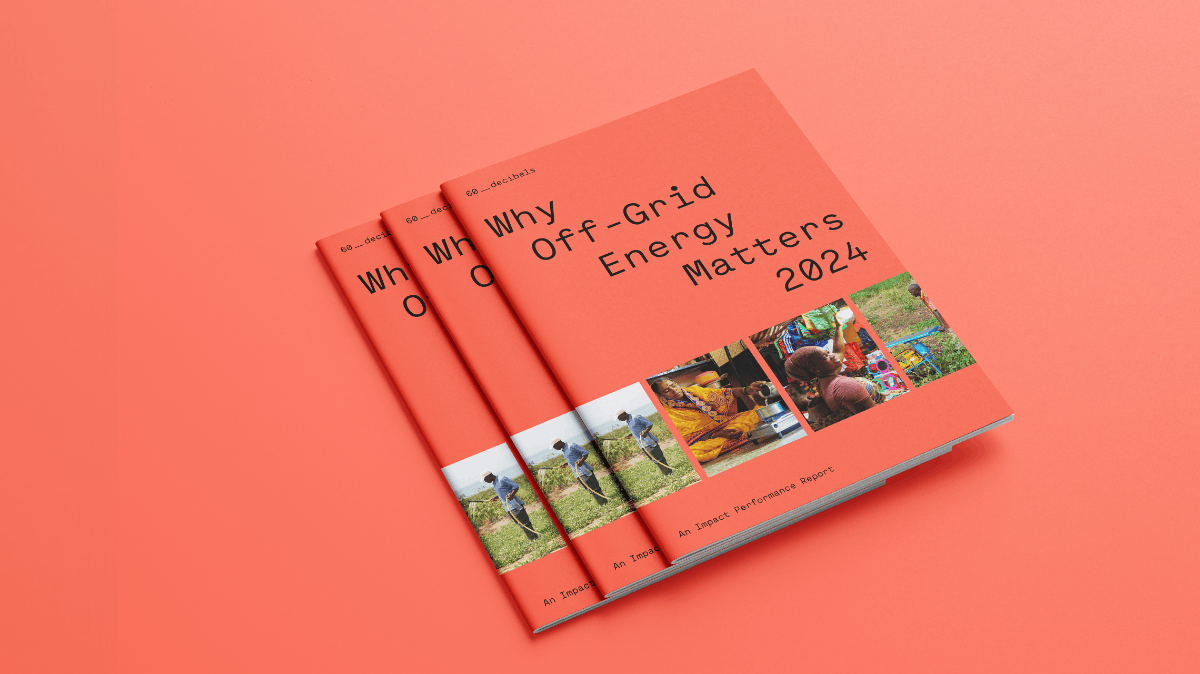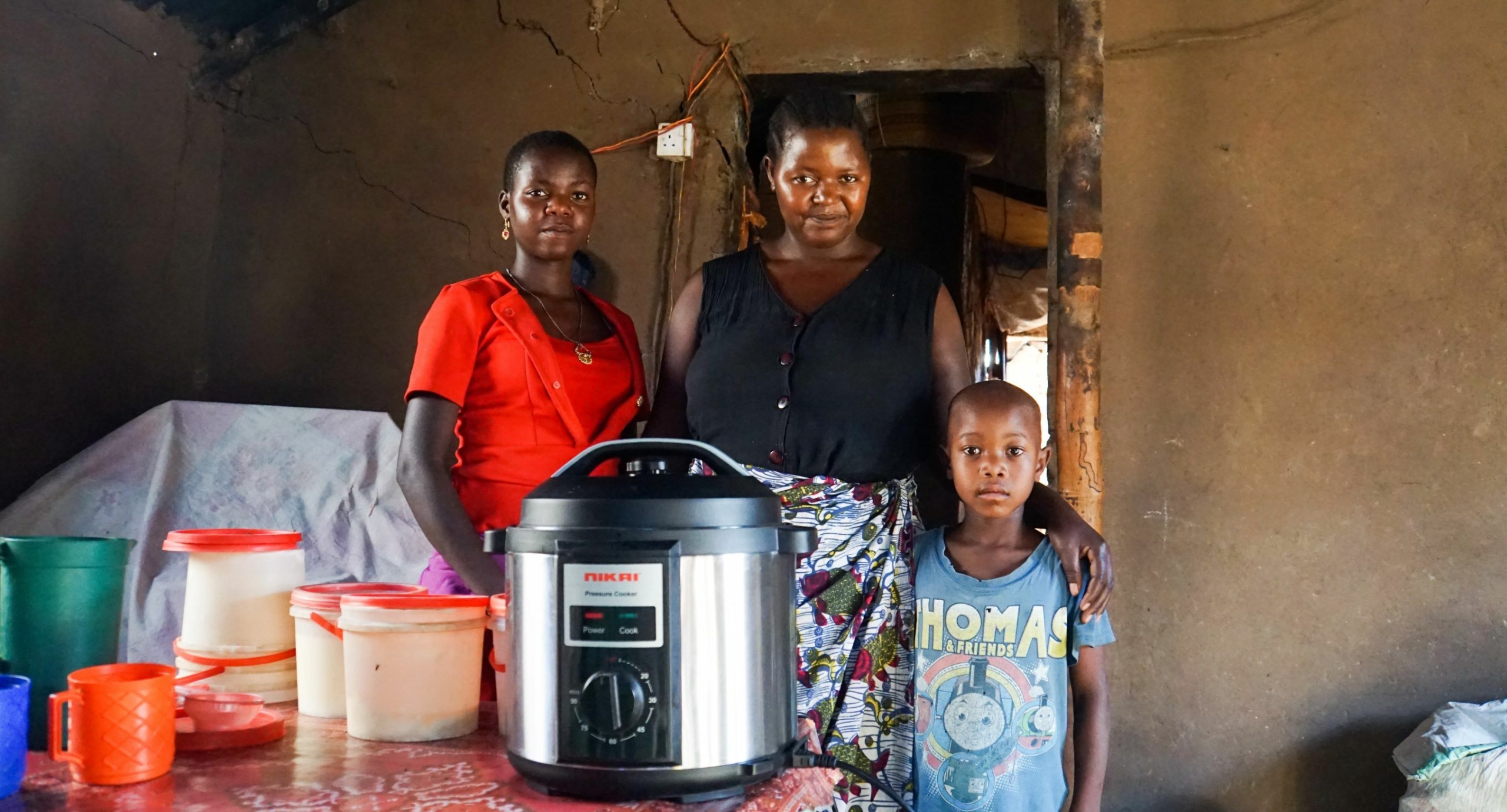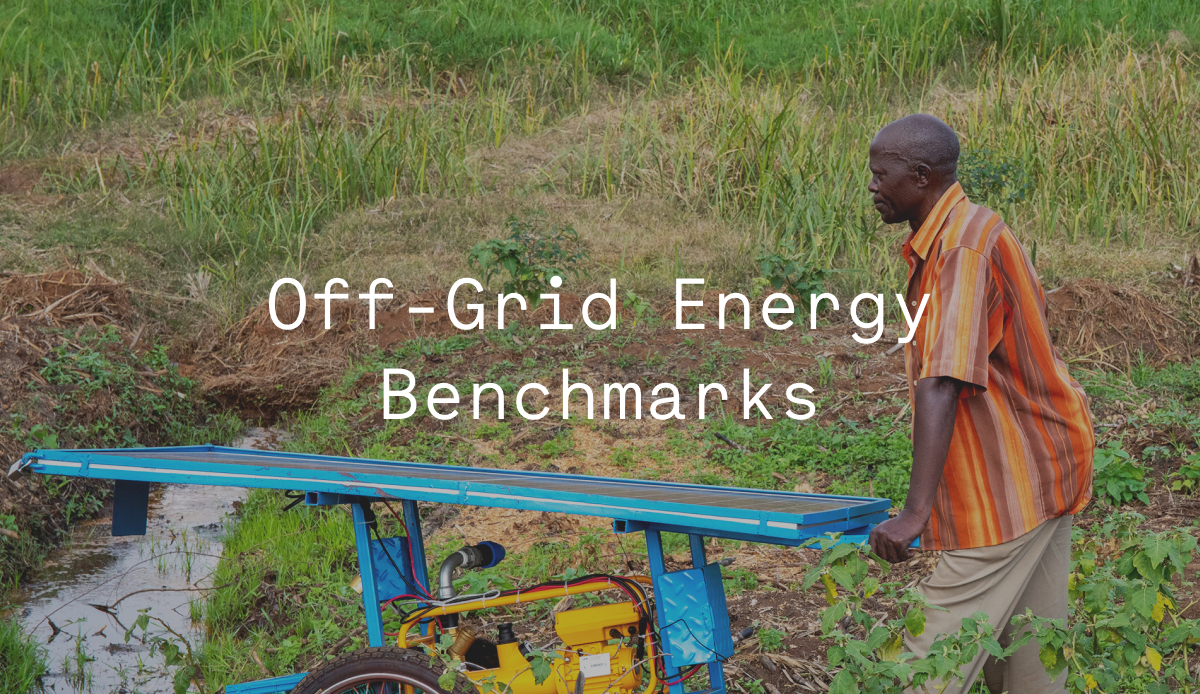

60 Decibels Study of Electric Pressure Cookers – Impact & Usage
Originally published on Efficiency for Access.
This report presents the results of the research carried out by the 60 Decibels team through 400 phone interviews on the impact and experience of electric pressure cooker (EPC) customers in 2020-2021. All of the customers purchased their EPCs through companies participating in the Global LEAP Results-Based Financing facility.
Four billion people around the world still lack access to affordable, clean, efficient and safe cooking energy. Of these, 1.25 billion are transitioning to use modern cooking services, while the rest face high barriers to adoption.
Between May and October 2020, a Global LEAP results-based financing pilot facilitated the procurement of 4,806 electric pressure cookers (EPCs) in Kenya, sold to households by 6 participating distributors. As the market for EPCs is relatively nascent, Kenya was selected as the target geography for the pilot due to the presence of early-mover EPC distributors, electrification rates, as well as the cost of fuel.
Electric pressure cooker impact – key insights
Usage & Impact
Nearly all EPC customers are first-time users (90%). Only 15% say they could easily find a good alternative to the EPC, suggesting companies are providing access to a product not easily found elsewhere. Only 3% of customers used electricity for cooking before their EPC purchase, despite three-quarters having an electricity grid connection. Nearly all customers use another cooking product in addition to their EPC. Meal type and fuel availability are critical factors that affect stove usage.
Satisfaction & Experience
Satisfaction is high among customers and electric pressure cookers have resulted in positive quality of life outcomes. Customers see improved quality of life outcomes including reduced expenses, increased time savings and overall efficiency gains. Customers are highly satisfied with the EPC features. Over half really like the different cooking modes/settings. The majority of customers rate the value for money of the EPC as good.
While only a small proportion of customers talked of challenges using the EPC – primarily related to poor product quality, the majority of these issues have not been resolved – this could influence usage, impact, and, in such a new market, may affect sales through word-of-mouth.
90%
45%
85%
Profile & Aspirations
A typical customer is female, age 39, living in a well-educated household of 4. EPCs are being accessed by relatively wealthier customers with 74% living above the international relative poverty line ($3.20 per person per day).




